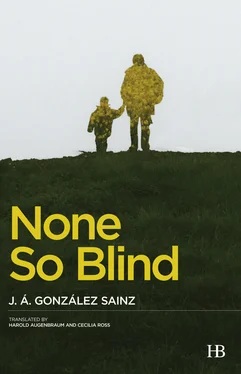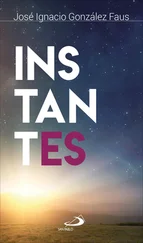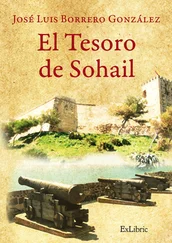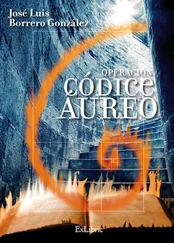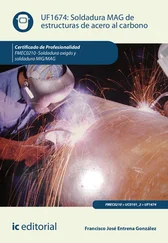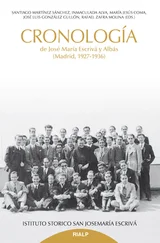Having emerged from the outskirts of the village where they lived, you would immediately cross the old stone bridge, and while still on the little asphalt roadway, you would come to the old abandoned mill. At that point the asphalt disappeared, though vehicles could still manage it for a stretch, and then the packed-earth road gradually narrowed into a bridle trail, a path fit only for pack animals and for men walking on foot and, probably, although it would be hard to say why, in silence.
To the right as you went along the path, the fields, at times marked off by low, mortarless stone walls or large shrubs and brambles, and at others by rows of black poplars or elm trees struggling to recover from Dutch elm disease, stretched as far as the river; on the left, as if the extraordinary fertility of the other side of the road had wanted to display there its exact opposite, isolated sections of dry hills populated by thyme, gorse, and Spanish lavender jutted up, the path the only break between them. The road skirted those hills, at first along the flanks of the slopes and mud-filled gullies, and soon thereafter, somewhere around three-quarters of the way to the field, you would come to the edge of an imposing, rocky promontory known as Pedralén. There, high up in one of the hollows of the immense, sheer-faced crag, Egyptian vultures — the smallest of their kind and yet just as impressive as the rest — had been building their nests ever since he could remember.
Now, on his return, he noted how on many summer days there were cars parked on the other side of the river, in a few places where the highway opened out, and their passengers, equipped with binoculars, spent their leisure time watching them, observing every little detail as they soared and glided on wings extended and curved slightly to the rear, as if wanting to embrace all that immensity. They contemplated with delight the chicks in the nests, the females, and the males, also, sitting on the eggs; they watched their flights, solitary or in pairs, or they waited hours and hours, with the true patience of naturalists, for them to return from their long absences in search of carrion.
It would have been easy for a typical, run-of-the-mill person, though not at all for an expert or anyone willing to pay a little attention, to have mistaken an Egyptian vulture at first glance for a stork, a scavenger that devours carcasses for the avian symbol of fertility and good omens. Misperceptions like that always seemed odd, even shocking, he thought to himself, but that’s the way it was, that’s the way things are even when they aren’t.
Certainly when they’re in the air, at first glance the most noticeable thing is the lightness, or even the whiteness, of the Egyptian vulture’s feathers, in slight contrast to the black tips of its wings, but the vulture’s neck and feet, for anyone who focuses on them for even a brief moment, are in fact much shorter and less slender than a stork’s.
Díaz Carrión, Felipe Díaz Carrión, knew from an early age, from the first times his father, may he rest in peace, took him along on the road to the field, that Egyptian vultures were the first vultures to arrive on the scene wherever there was carrion. Generally they are quiet and quick, his father told him, impressing him to the point of awe, quieter and quicker than anyone else, and despite their large size, they don’t make the type of dramatic commotion other vultures do, so sometimes they go unnoticed even though they’re always there from the beginning, going about their business. What happens, he would tell him, is that in spite of being the first to arrive — at times one might say even to the point of getting to the victim while it’s still in its death throes — what with that very long, thin, yellow beak they have, its black tip curved delicately into a hook, they can only slurp down the soft parts of carcasses; the soft parts, his father would repeat, and he would later repeat to himself, often recalling it even when he was probably thinking about other things — the soft parts, like entrails and, especially, eyes and tongues.
So the Egyptian vulture — his father would go on explaining — needs the larger vultures, the black vulture and the griffon vulture and the bearded vulture with its frightening, black wings and huge beak that strikes terror in you even from afar, to tear open and rip apart the carcasses beforehand, so that they, as if by mutual agreement, can then enjoy the victims’ soft remains. Without the large scavengers, he would say, without those great, black, repulsive beasts, they would be nothing; they would gradually go extinct or lead a miserable, meaningless life.
It’s the age-old agreement among the shrewd, Felipe, my boy — he would say, regardless of how much he was actually understanding him — it’s the calculus of the cunning, the prerogative of brutality, it’s the divvying up of plunder, a point of access to the spoils for those who, for whatever reason, call the shots, no matter how much they complain or may even make their complaints the most brutal part of that calculus, he would conclude, his eyes always looking at the road with a gaze he was never able to understand until his own became the same.
Then he would grow silent, and they would walk side by side in silence, though each of them would talk or daydream a great deal to himself; he would imagine himself, for example, stretched peacefully out in the grass on the steep banks by the river, or even in his bed in his room, which looked out onto the patio with the old cherry tree, and suddenly an enormous black vulture pouncing on him, suffocating him with its great wings or ripping him apart, or maybe just the opposite, an Egyptian vulture he had at first glance mistaken for a stork and even gotten to the point of petting, and it would devour his tongue and his eyes and slurp up his brain and his guts.
Many years later, Felipe Díaz Carrión would think about the circumstance of the Egyptian vulture, the mutual agreement among scavengers, the unspoken arrangement, instinctive and at the same time, despite all the painful peckings they may exchange, highly rational, that exists between those huge, black vultures, with their terrifyingly huge wingspan, even bigger than an eagle’s, always lying in wait with their talons and their sharp beaks, and the elegant, white Egyptian vulture you could almost mistake for a stork and yet it devours your entrails and leaves you with no eyes, and no tongue.
3
Beneath the imposing crag they called Pedralén, on the river side of the road — on the right as you went toward the field — and directly beneath the highest point of that immense rock, there now stood a modest cross soberly hewn from stone, which had been erected in the years he hadn’t been there. It measured a bit more than three feet high and was perched on a footing made of the same stone, on which several names had been chiseled. And further on, beyond the cross and Pedralén’s rocky ravine, where the Egyptian vulture kept its nest from mid-February well into August, it was, finally, only a short trip to the field.
The road curved around two more times still at the base of the ridge, and on the side by the river’s edge, covering the entire, fertile plain that separated it from the banks, there grew in rows a stand of black poplars whose leaves would whisper when the wind blew through them and always kept him company, like a welcome when he arrived and a farewell when he left, and which spread its coolness right up to the path, flanked with its elder, its bisnaga, and its danewort, that ended on the right, some fifty yards from the riverbed, at his modest work shed. In total, from the great, sturdy door with the bronze knocker at his house on the outskirts of the village to the little door of gray, rotten wood, which was never varnished and never taken care of, it could not have been much more than around two and a half miles, which Felipe Díaz Carrión, like his father and grandfather before him — both of them named Felipe Díaz, too — would negotiate in about three-quarters of an hour at a brisk but leisurely pace.
Читать дальше
